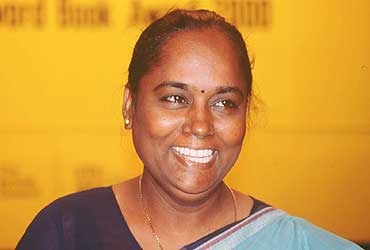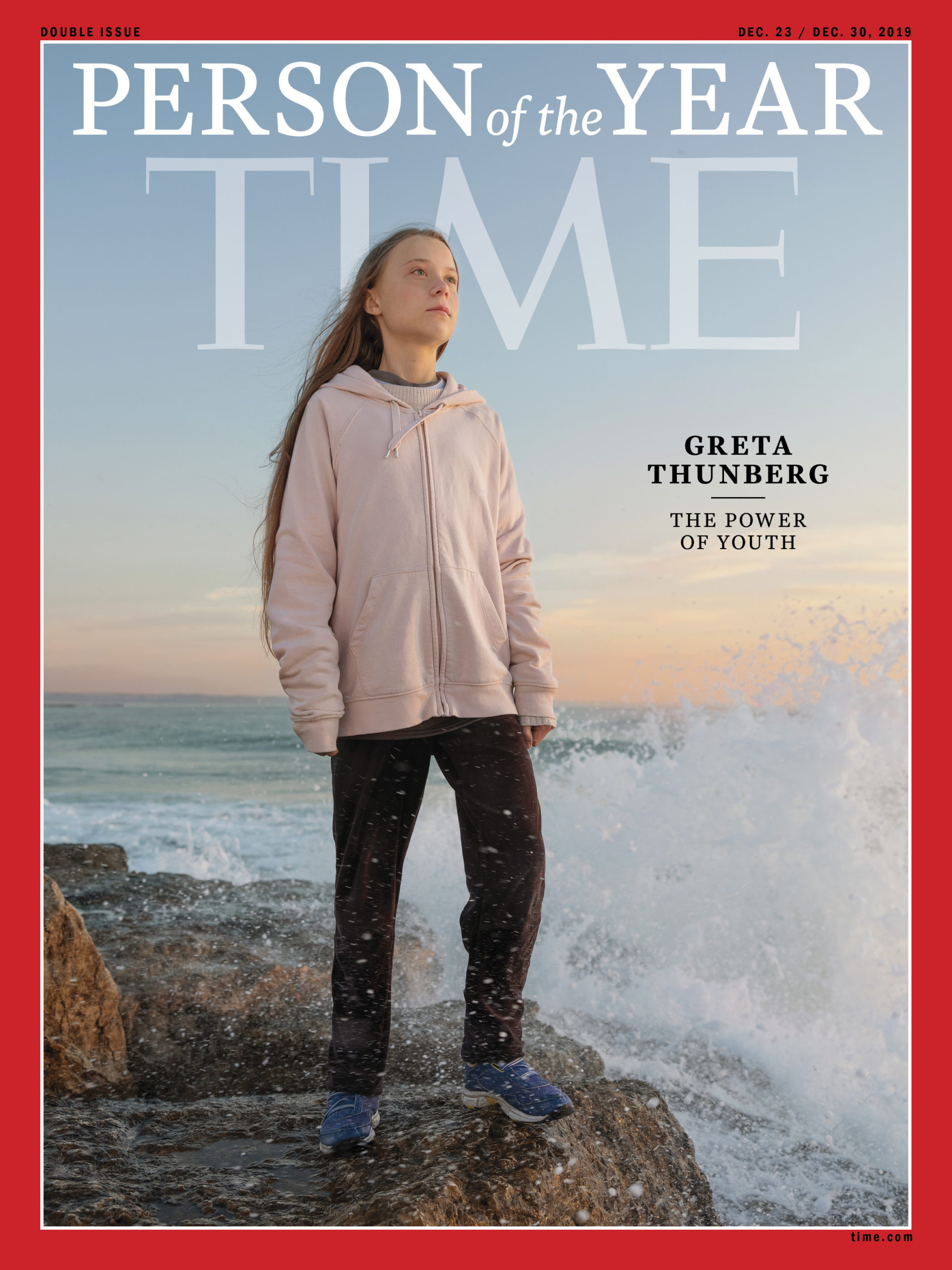Who isn’t aware of Chetan Bhagat, Durjoy Dutta, Nikita Singh or Ravinder Singh? Many people would also consider their work high popular culture but is it so? Moving ahead, we have many other Indian authors that many have no idea about but they exist, oh how they exist. These authors that do not make it to the mainstream survive on the margins but what are these margins? Who are these authors? And why are these authors on the margins? We will narrow down our answers to Bama and through her, see who these women from the margins are. Bama was not just an author but a Tamil feminist, committed teacher and a novelist. Bama was born as Faustina Mary Fatima Rani in a Dalit, Christian household with four more siblings. After having struggled a lot to study, she decided she would become a nun and work for the poor children, so no one faces what she faced in her life, basically the poverty and the discrimination.

But why is it important to talk about her, what makes Bama different from Chetan Bhagat or Durjoy Dutta? Bama comes from the margins, while these authors are in the mainstream culture. Now, why is Bama on the margins? There are so many layers of discrimination that push her further out from the mainstream culture. Bama is a woman writer, and no matter how much one denies, women have till date faced a lot more difficulty in being accepted in the mainstream than a man ever did. Minorities have always lived that way and Bama has been in a multilayered minority. Bama is also a Christian in a country filled with Hindus and Hindutva. So, she moves outwards, away from the centre towards the margins. But that’s not it. Bama is also a Dalit christian, which means even in the community of Christians, she is marginalized and discriminated against. Bama was also a Tamilian who wrote in her local language with translations to her work and thus, never got the fame she deserved. Thus, Faustina Mary Fatima Rani had to write under a pen name, Bama, so that she can expect, at least expect to be accepted. So Bama exists on the peripheries of Indian literature and in no way can she be brought to the centre and yet her work can be.

Bama is the author of her autobiography, Karukku (1992) , Sangati (1994) and Vanmam (2002), along with two collections of short stories, Kusumbukkaran (1996) and Oru Tattvum Erumaiyum. Karukku , her autobiography has been translated from Tamil into English by Lakshmi Holmstrom, recipient of Crossword Award for translation twice. It is also considered the first autobiography by a Dalit woman writer. Her novel explores more themes in marginalized India. What is interesting is that her work has been not only translated in English but German, French, Telugu and Malyalam. It is time we brought such writers from the margins, if not to the centre, then at least towards recognition so that we come across more fruitful and good literature to read. It is about time these hierarchies were broken and these writers given a chance to be in the popular culture.





